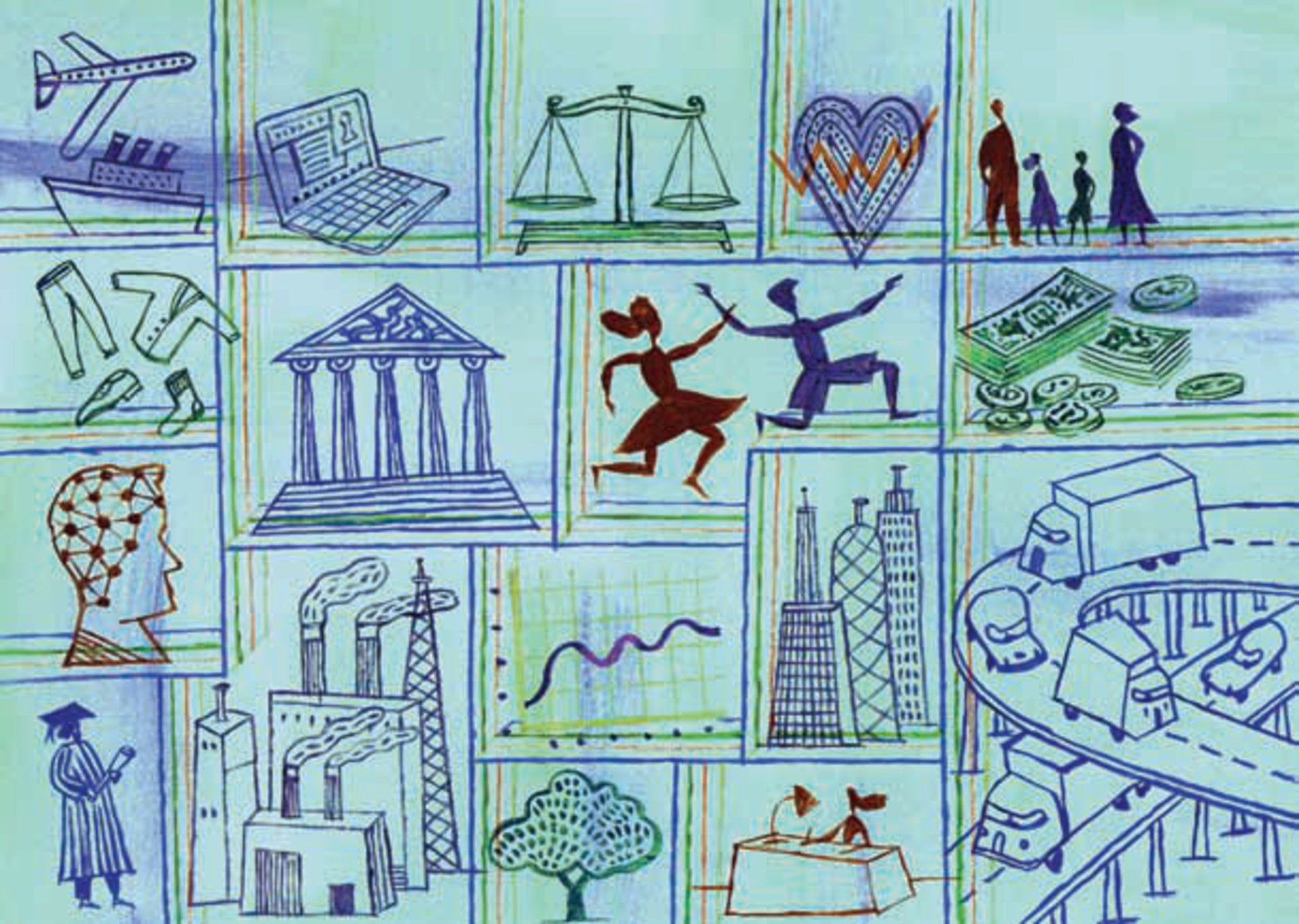Governments procure large amounts of goods and services to help them implement policies and deliver public services. As has been demonstrated during the COVID-19 crisis, public procurement strategies, practices and systems directly affect the quality of life and wellbeing of citizens. It is important that countries aim for maximum efficiency, effectiveness and value for money in public procurement.
Public procurement expenditure as a percentage of GDP increased slightly across the OECD over the last decade, from 11.8% of GDP in 2008 to 12.6% of GDP in 2019. The COVID-19 pandemic led to a spike in public procurement relative to GDP in 2020. Among 22 OECD-EU countries for which data is available, public procurement increased from 13.7% of GDP in 2019 to 14.9% of GDP in 2020. Other countries also saw significant increases such as Norway (from 15.8% to 17.1%) and the United Kingdom (13.2% to 16.1%) (Figure 8.1). These increases are due both to governments purchasing goods and services to support their COVID-19 responses, and to GDP falling as a result of the crisis.
Public procurement as a share of total government expenditure decreased across all responding OECD countries by 1-2 percentage points in 2020 compared to 2019. This is because non-procurement government expenditure grew faster than procurement expenditure. Support packages provided by governments in response to the pandemic have drastically increased total government expenditure (53.6% of GDP in OECD-EU countries on average in 2020). The distribution between central and sub-national governments’ overall public procurement spending remains broadly unchanged with 64% of OECD-EU countries’ procurement spending taking place at the sub-national level (Online Figure G.33).
Public procurement is used across all government spending functions, from health to environmental protection, public order and economic affairs (comprising infrastructure, transport, communication, energy, and research and development). Health expenditure represented the largest share of public procurement spending, averaging 29.3% across OECD countries in 2019. In Italy, Japan and the Slovak Republic, almost 45% of public expenditure for procurement was in the health sector (Table 8.2). Notable exceptions to this include Lithuania and the United States, where economic affairs represented the largest share of government spending, and Switzerland, where general public services and social protection formed the largest share. The next largest areas of public procurement spending across OECD countries were economic affairs (16.7%), education (11.6%), defence (10.5%) and social protection (10.0%) with relatively little variability among countries (Online Figure G.32).

